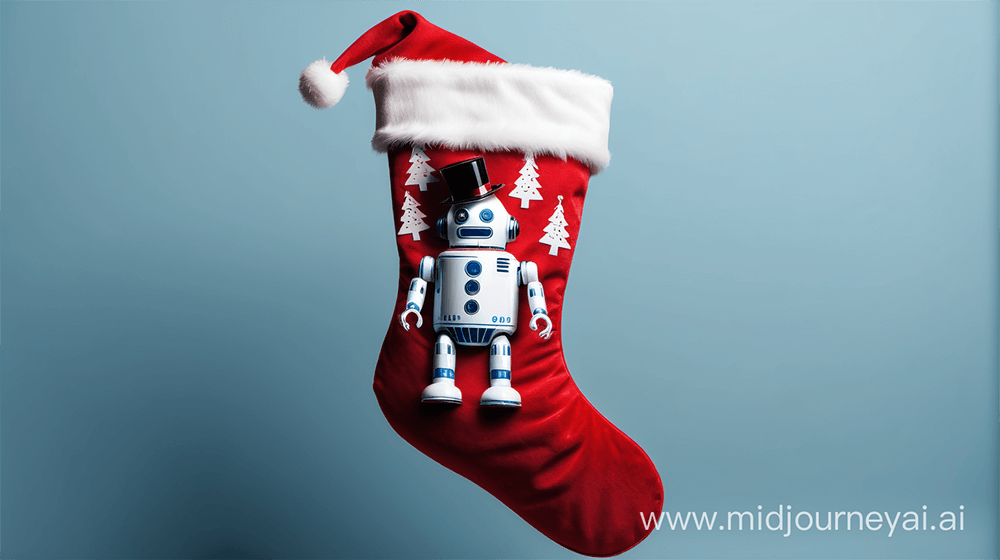AI TECH has us cowering in a corner for its propensity and potential to “steal” jobs. What’s remarkable is the sheer range of professions considered to be at risk.

Journalists, writers, graphic designers, poets, artists, HR specialists, call-centre operatives, customer support staff, medical researchers and PR consultants — pretty much everyone has had a wake-up call (followed by an enduring period of uncertainty and angst). But nothing could put a finer point on the phantasmal grip tech seems to have on employment prospects than this: AI is now said to be taking jobs from… influencers.

Here’s the sort of AI lovey who could sideline a human competitor: the delightful, but totally artificial, Instagram model Aitana Lopez (a bit racy, but safe for work, unless you work at the Vatican). Her creator has made an avatar who is a cosplay-loving fitness instructor with fetching looks and pink hair. She looks real enough for her 236,000 followers, most of whom are enthralled by her beauty — and will doubtless buy anything she promotes.
Pretty much anyone no longer required to do maths and English homework on a weekday basis has never fully understood the role, or potential, of the influencer. Observing from a safe distance, perfect skin, hair and teeth are apparent must-haves, along with a full suite of highly visible social media accounts, a decent wi-fi connection, a tough hide, uber-confidence, and a dash of conceit. How can we fail to side with the bot in this battle for supremacy? The prospect of an inanimate entity ousting an imaginary one has the unusual remedial factor of schadenfreude.
This is just the latest amplification of AI’s original brief: to mimic humans. Perfect hair, white teeth, a winning smile? No worries; AI can cook up a pretty face in next to no time — and the chances are you won’t be able to tell that it survives on bandwidth rather than heartbeats. Algorithms can ensure that it will appeal to a large aggregate of viewers and consumers, aka us — the presumed “influencees”. Bots never rest, never demand a salary increase, and know how to give your product or service the zing it needs to rise above the muck.
The ugly side of this is, of course, the muck itself: deepfakes. That might not be your politician on TV, calling for public protests, your fave Hollywood star plugging an energy drink, or — most disconcerting of all — your ex in that porn clip. But s/he may not be able to convince anyone of that fact, and the damage is done. Definitely victims, whatever the case.
But influencers, especially phony ones composed of magic make-up, designer clothes, exotic locations, and/or strings of ones and zeroes — no matter how appealingly they are arranged on your screen — are low on the global sympathy rankings.
They’re also in high demand, so go figure. With each passing year, we elders of society (anyone over 29, say?) slip further from the zeitgeist. New tech developments glide in unnoticed by all but the worldwide, disparate-but-connected clique of teens with bad posture, vitamin D deficits, RSI in their thumbs, and a nose for “It” notions.
We older folks have nothing more to do than stand on something and spectate. Our roles as arbiters and societal prophets have already been snared — by AI, or by the passing years — and we’re relegated to observer status. At least we have the solace of a wry chuckle as our workplace fears become those of the kids who laugh at us as we try to manipulate our phones or remember one of our many passwords.
Went off on a sidetrack, there. Is that too “bah, humbug” for a seasonal message, as 2023 draws to a close? Work it out for yourself, BV reader — and have a happy Christmas and New Year, one way or the other.
Hal Williams
Editor





























